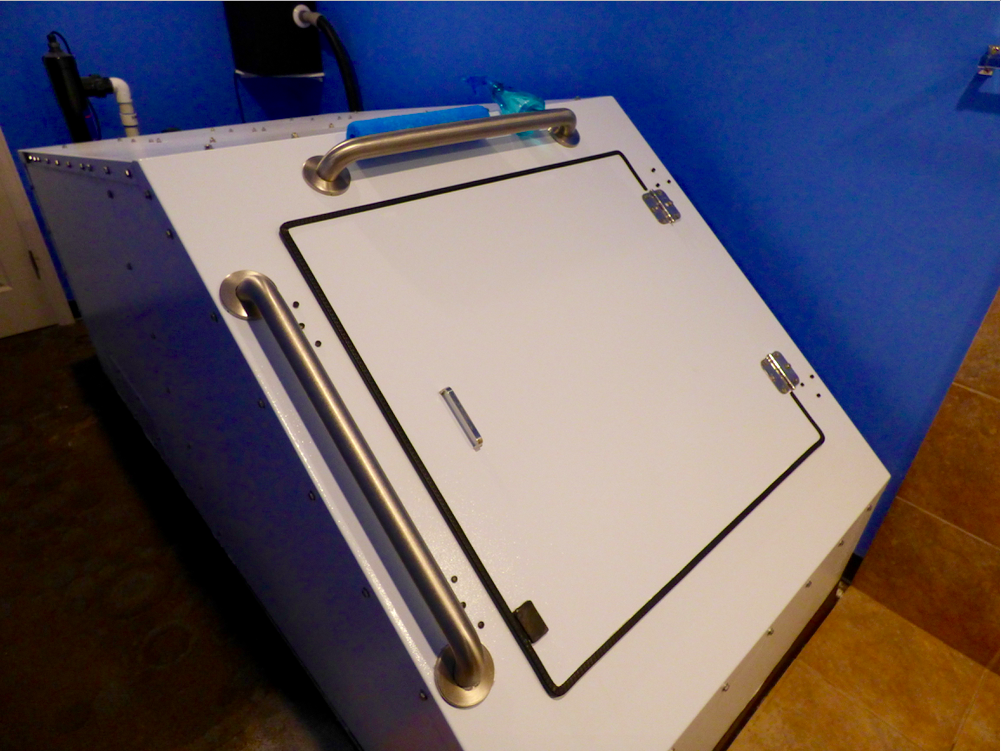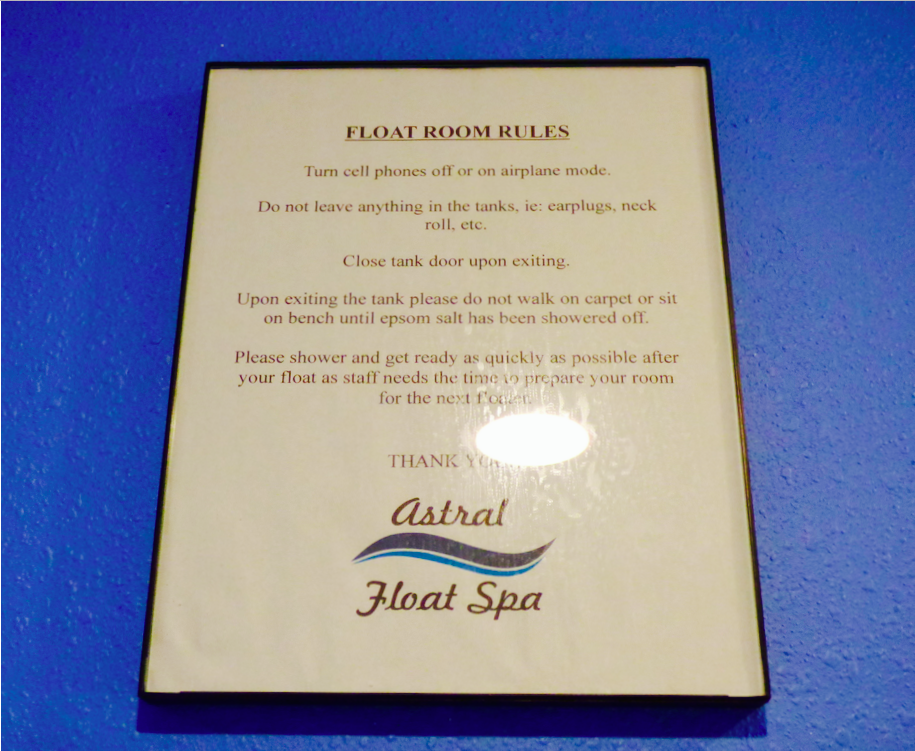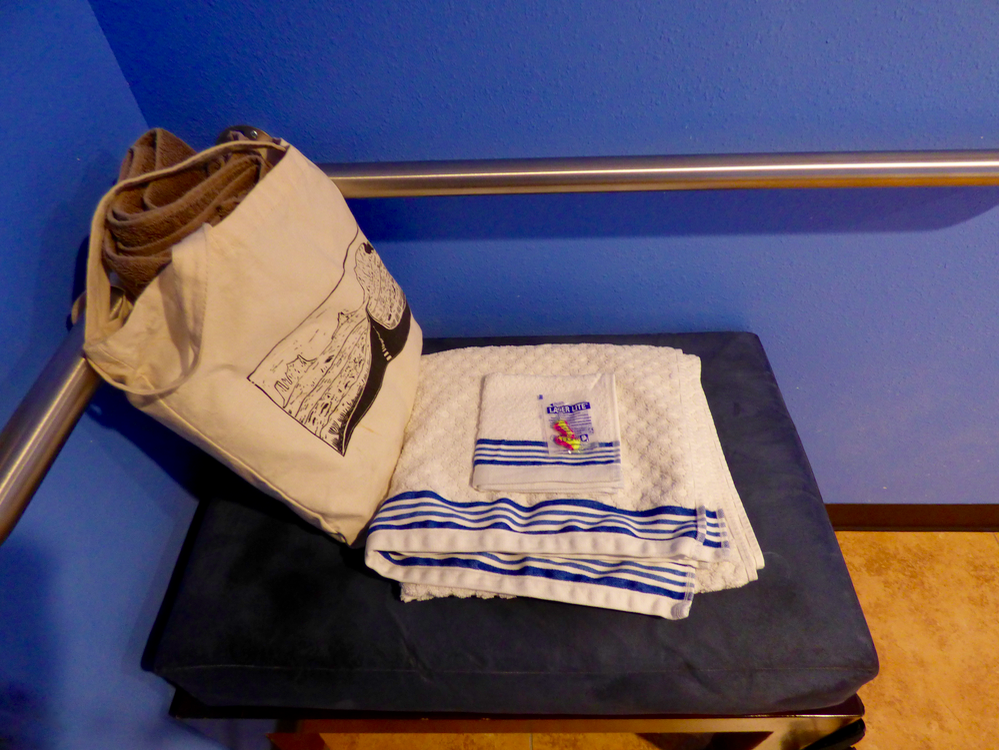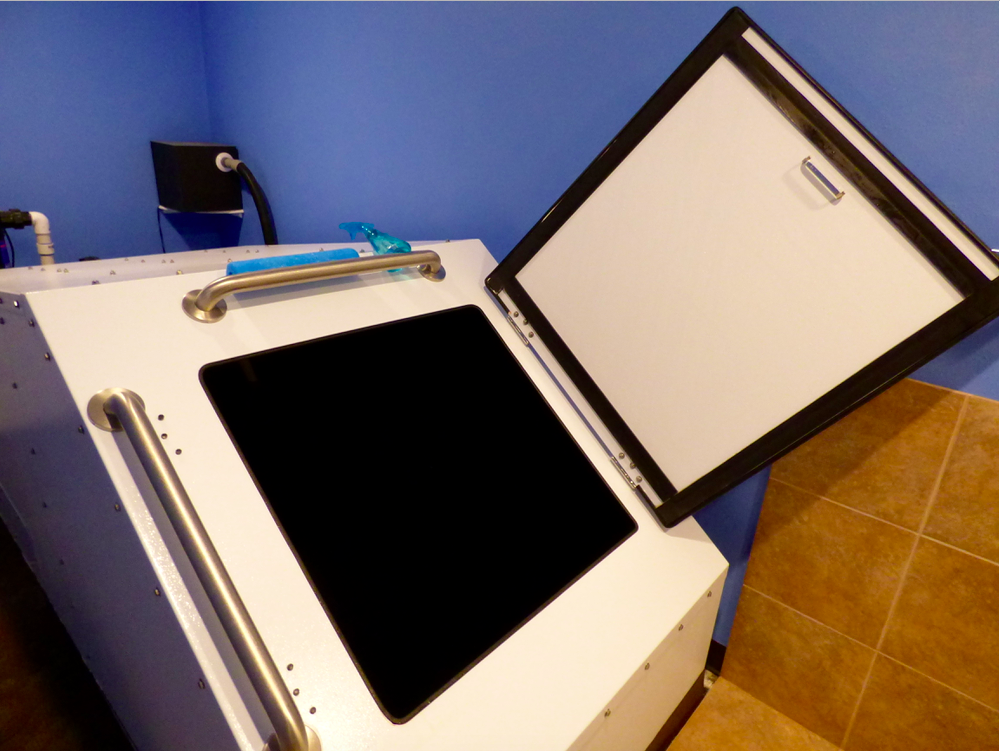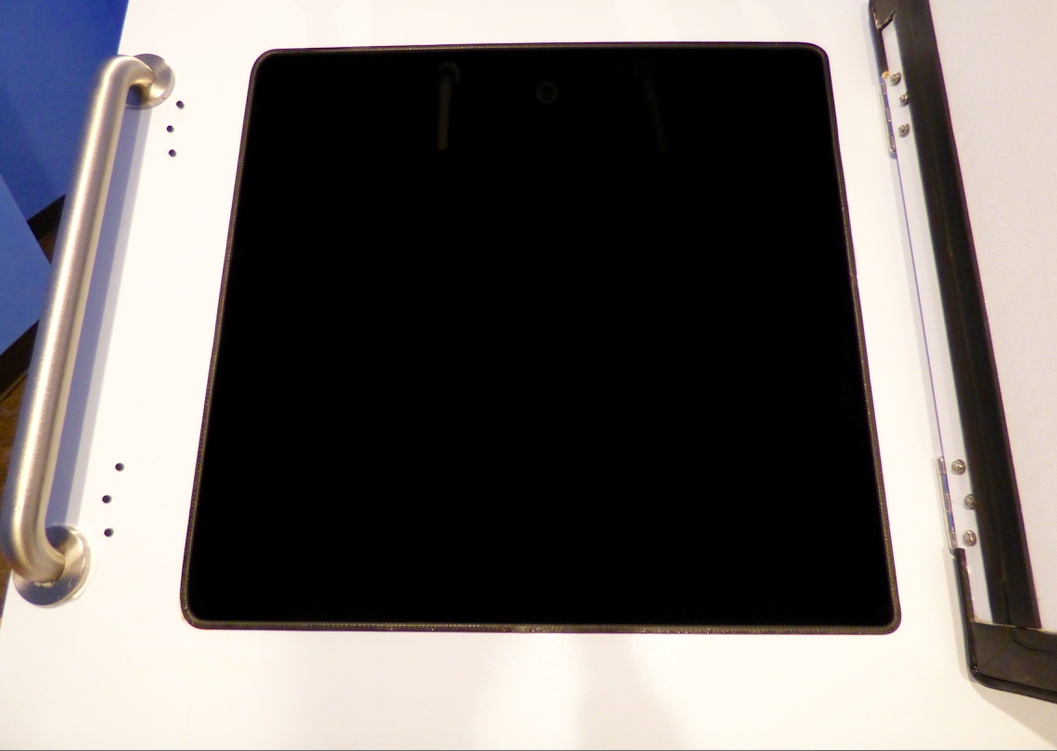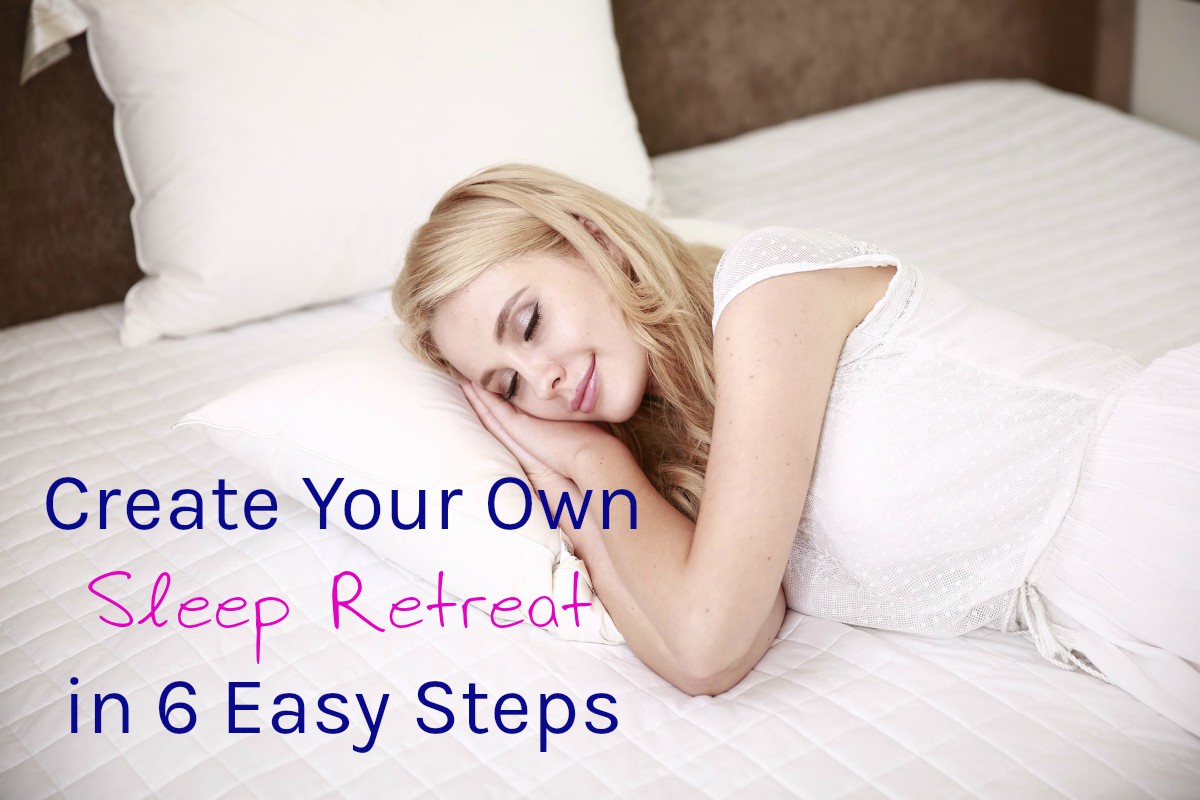 I just completed a ten day sleep retreat. I didn’t plan it, it just happened. I didn’t realize how sleep deprived I was until I started sleeping 10-11 hours at a stretch.
I just completed a ten day sleep retreat. I didn’t plan it, it just happened. I didn’t realize how sleep deprived I was until I started sleeping 10-11 hours at a stretch.
Last month I struggled with insomnia. I’d wake up at 2, 3 or 4 in the morning and my busy mind would not let me fall back asleep. It was a rough couple of weeks, but it gave me a firsthand experience of what many people struggle with on a daily basis.
To share some stats about sleep disorders… according to the American Sleep Association:
- 50-70 million Americans have a sleep disorder.
- Insomnia is the most common sleep disorder.
- 30% of adults suffer from short term insomnia.
- 10% of adults struggle with chronic insomnia.
The average adult requires 7-9 hours of sleep. Approximately one third of Americans report that they get less than 7 hours of sleep during a typical 24 hour period. Sleep disorders have been linked to drowsy driving, obesity, and death (due to medical errors).
People are taking steps to address sleeping disorders. Many luxury hotels and resorts have started offering Sleep Vacation packages. In an effort to combat stress, many couples are choosing to sleep alone.
[Recommended Reading: British couples too stressed to sleep in same bed.]
The practice of Sleep Yoga also encourages practitioners to sleep separately. Sleeping alone increases relaxation and allows for a more individualized dreaming experience.
Sleeping alone is one of 6 recommended steps for creating your own Personal Yoga Sleep Retreat. If spending a couple thousand dollars on a weekend getaway doesn’t fit your budget, a DIY home sleep retreat is an affordable and effective alternative.
Step 1: Take a Stay-cation. Give yourself the gift of some quiet time at home. Clear your schedule, and resist the impulse to fill it back up again.
Step 2: Clean your bedroom. Wipe down surfaces, vacuum, wash your sheets. Sort through clutter and donate items you aren’t using anymore.
Step 3: Avoid caffeine. People have different sensitivity levels to caffeine. As a general rule, if your goal is to fall asleep by 10pm reduce your caffeine intake after 5pm.
Step 4: Minimize exposure to artificial lights (this includes screen time). Candlelight or low lights will help you wind down.
Step 5: Bathe before bed. Take a shower or (even better) a bath. Adding a cup of Epsom salts to your bath will relax your muscles and increase your ability to sleep. Put on clean sleeping clothes and relax in bed with the lights off.
Step 6: Sleep alone (if you have the option to do so). It makes a huge difference in the quality of your sleep.
If you enjoyed this article you might also like:

